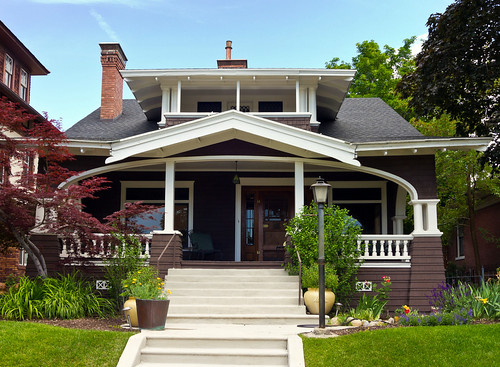Dreamworks Animation announced last Friday that it would be shutting down the entirety of its 193,000 square foot Redwood City Studio. The facility is located in the Pacific Shores Center, the same complex where Google recently purchased a million square feet of commercial space.
The move is in concert with a company wide restructuring that Dreamworks is undergoing in an effort to offset a couple years of lack luster box office performance. In total, 500 jobs will be cut across all Dreamworks locations, with a large bulk of those cuts likely coming from the Redwood City facility - though in a statement, Dreamworks did say that many of the Redwood City employees would be offered positions at their Glendale, CA location.
Dreamworks vacating their RWC studio leaves a huge chunk of desirable commercial real estate up for grabs. This in a city that has increasingly been on the radar of Silicon Valley companies looking to expand. Chances are the facility, which occupies two buildings at 1400 and 1500 Seaport Boulevard, will not be vacant for long.
One thing is for sure - whoever does end up moving into the facility will be in good company. Late last year Google purchased 6 of the surrounding buildings at 1200, 1300, 1600, 1700, 1800, and 1900 Seaport Blvd. And who knows, with Google's appetite for commercial real estate being as voracious as it is, it wouldn't be all that surprising if they made a move on the two freshly vacant buildings themselves.
It will be interesting to see how this develops. We'll be sure to keep you updated!













